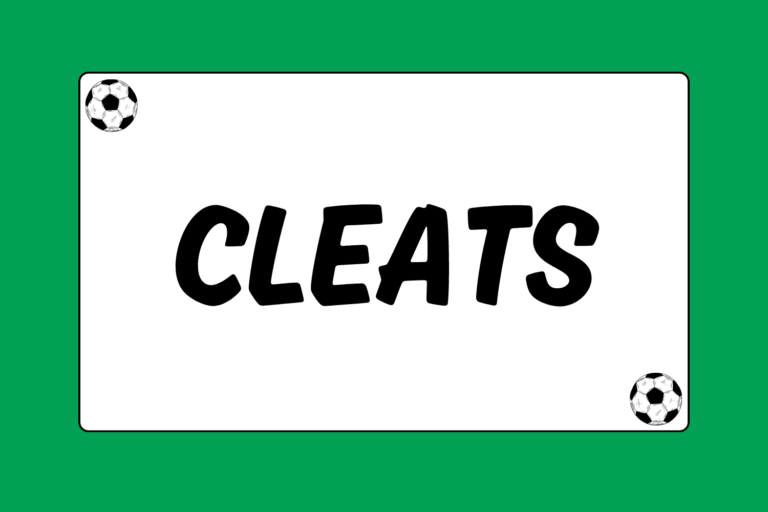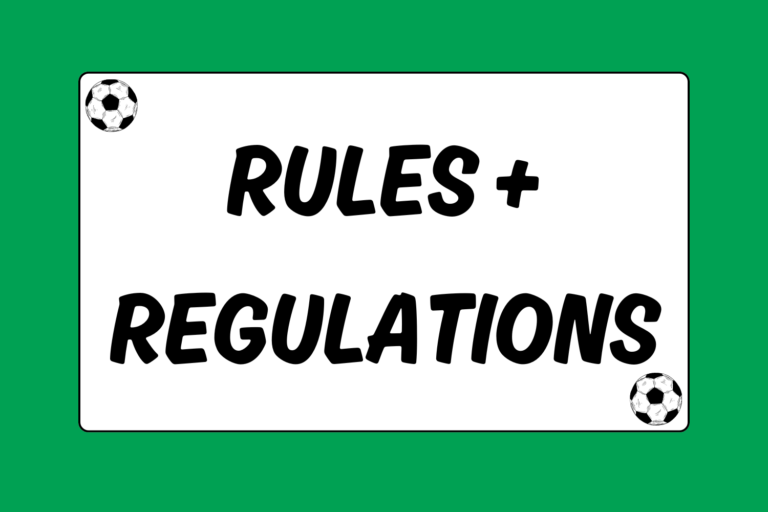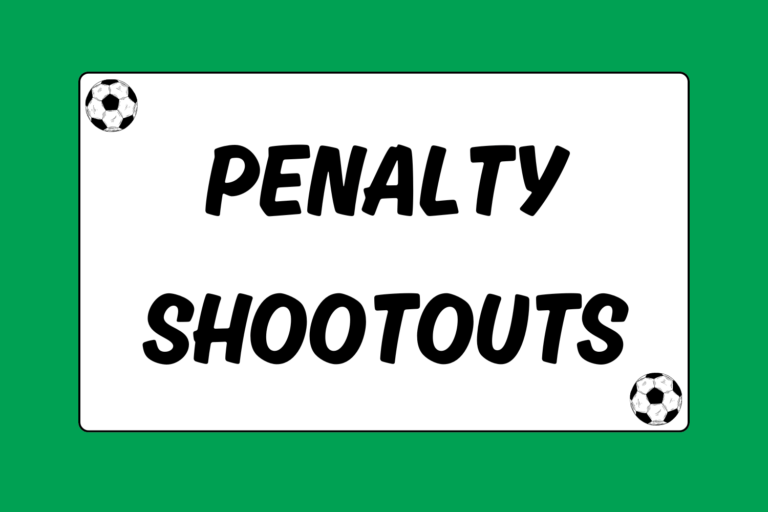There are three types of formations to choose from: Offensive-minded, Balanced, and Defensive Minded. When determining the best formation for your soccer team, there are several key factors to consider. Here are a few such factors:
- The players you have in certain key positions
- The overall skill level of your backline
- The speed of the forwards and midfielders in getting back on defense.
For an offensive-minded formation, the key is finding one that will allow your team to score with ease. However, the same approach likely won’t work for multiple teams—which is why more than one offensive formation exists. Below are some of the more popular offensive formations in soccer today.
The 4-4-2
For youth and intermediate players, the most common soccer formation is the 4-4-2, in which four players line up as defenders, four as midfielders, and two as forwards. This formation gives players and coaches the flexibility to move forward into the offensive zone or sag defensively to provide support. The 4-4-2 provides decent all-around coverage, without emphasizing too much on either offense or defense.
Mental Edge
Drastic changes in formation are rarely recommended from game to game. However, a team that has the flexibility to tweak its formation based on game conditions can take advantage of match-ups and give itself the best chance to win.
The 4-3-3
The 4-3-3 is a great formation for getting pressure on the defense without sacrificing the backline. Here are some of the key facets of using the 4-3-3:
- Having a skillful striker who can play in the center of the front and find space in the defensive zone.
- Midfielders regularly and easily getting the ball to the wing players.
- Speedy wings who can both use space along the sideline and cycle the ball into the center of the field.
A solid 4-3-3 must also feature an athletic sweeper; this player should be capable of running all over the field, and have lots of endurance. He must be willing to be a defensive midfielder, and join the fray on offense, finding his wing teammates and striker for scoring chances. And when he’s not doing that, the sweeper should clog up the midfield and spark counter-attacks by getting the ball out to teammates.
At the youth level, the strength of the 4-3-3 is that it spreads out the offense and unclogs the middle of the field. Therefore, players must adjust to having teammates near the sideline, and avoid the tendency to force the ball down the middle of the field.
Mental Edge
Offensive chances require open space and fast players who can take advantage of it. A team equipped with a few fast players, and good passers who can find them downfield, will find success easily in the 4-3-3.
The 4-2-4
The rarest and most attack-focused formation in soccer is the 4-2-4. It is a high-risk, pressure-heavy formation that relies on having two skillful midfielders who are comfortable with the ball at their feet, and capable of applying quick pressure to slow down offensive attacks.
The 4-2-4 often employs a diamond-shaped formation among the four forwards. One center forward is stationed near the penalty box, and the other should be in a sweeper position – ready to sag back and help in the midfield.
The sweeper must be adept at finding space between the opponent’s midfielders and defenders, along with serving as a point man for a quick strike or a pass to a teammate on the wing. It is helpful if he is a taller player who provides a big target.
The 3-4-3
The 3-4-3 is a great formation to use against an opponent that uses only two forwards. However, it can be easily exploited against a team that also uses three forwards and has midfielders who can quickly get the ball up field.
It is an aggressive formation that relies on winning the battles in the midfield and controlling possession to create offensive opportunities. A central midfielder must be prepared to drop back to help the defense by pressuring the ball. Like the 4-3-3, this formation relies on a talented, accurate striker and speedy wing forwards who apply pressure on a defense.
The 3-5-2
The 3-5-2 is a safer offensive formation, and can easily be implemented by teams that use the 4-4-2 as their base formation. It also has the advantage of sending the two wing midfielders back on defense when the opponent is applying pressure. The 3-5-2 requires patience, crisp passing, and a willingness to look toward the sideline instead of straight up the middle.
The key of the 3-5-2 is winning possession in the center of the field. Clogging the middle can force a defensive-minded team out of its shell in order to gain possession. This formation relies on dominating the middle of the field, leading to opportunities for counter-attacks to speedy forwards who can sprint along the sidelines and find space in the corners.
The 3-5-2 is also great for triangle-passing between two midfielders and a forward to cycle the ball downfield. Completing a pass to a forward directs the defense backward, helping midfielders get into the offensive mix.
Fun Fact:
Offensive formations such as these are almost never seen in today’s international game. Nearly every major club and national side prefers four defenders, leaving a lone striker or two forwards to wait for support if a quick strike is unavailable.
The Right Formation for You
To truly understand how an offensive formation works, it must be practiced regularly and be part of the overall team philosophy in order to help the club win. Choosing the right offensive formation depends on your team’s personnel, as well as the exploitable weaknesses of an opponent. It also demands that a team have enough time to practice the formation so that each player can master his responsibilities on the field. When used correctly, these offensive formations should help your club find the back of the net.





